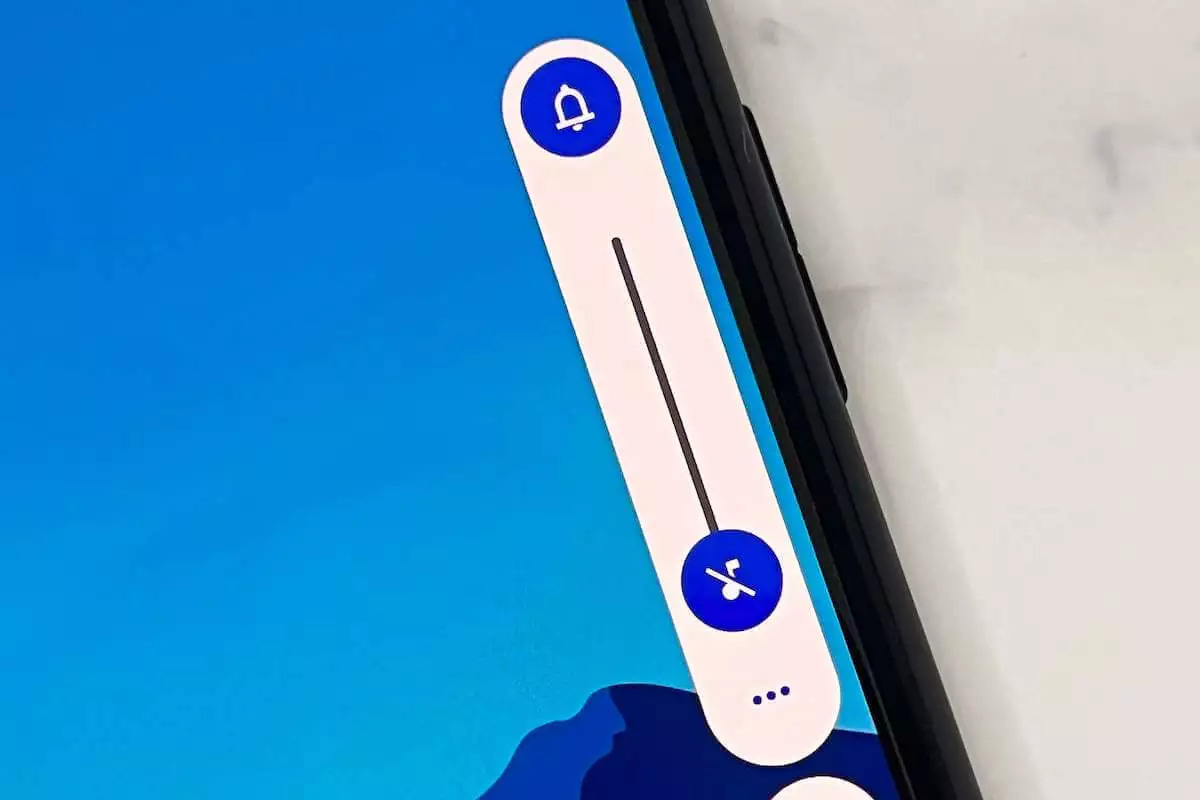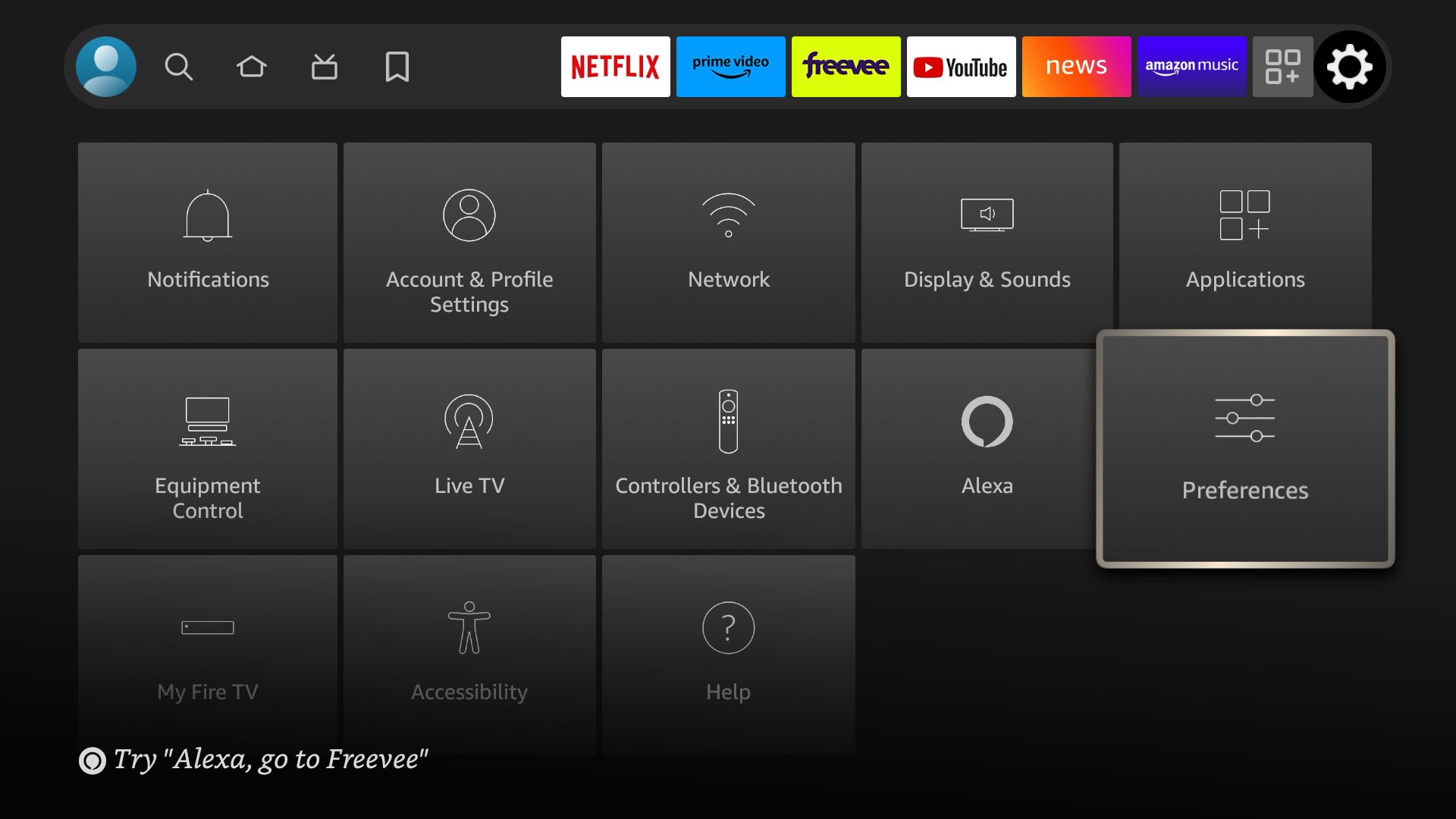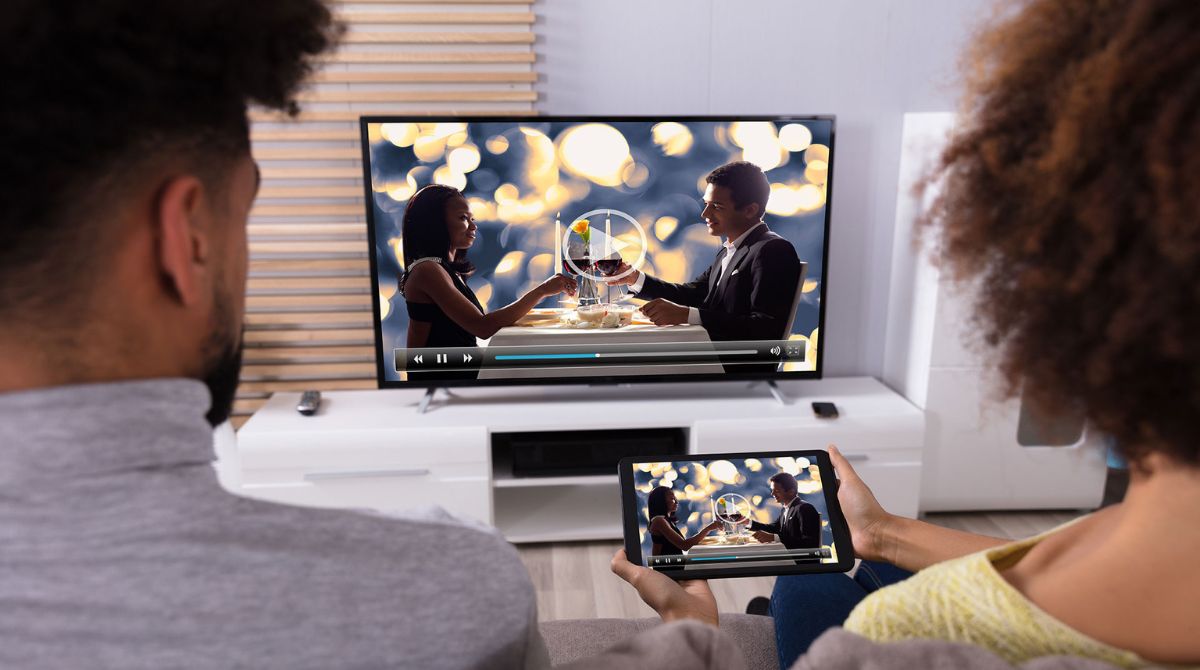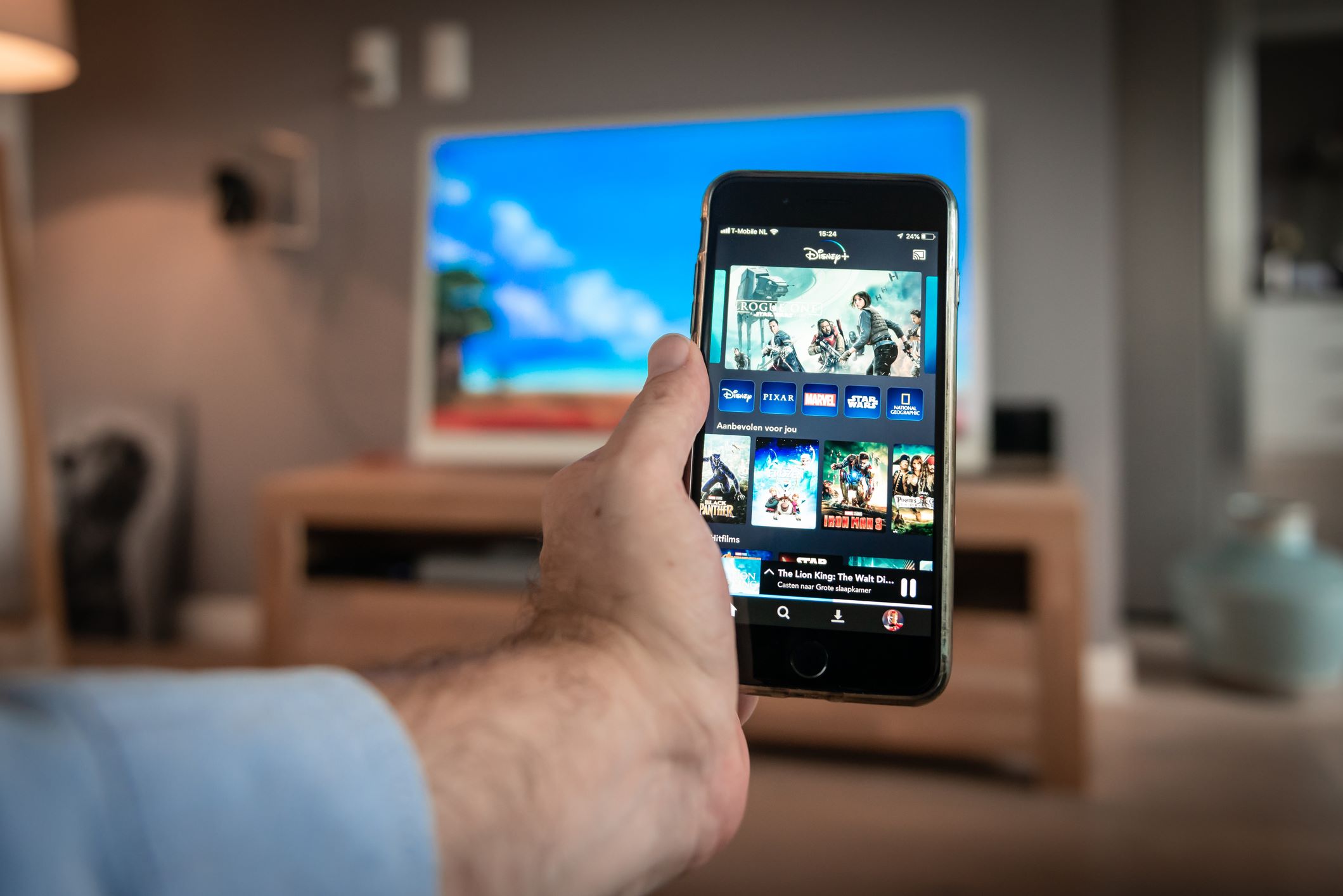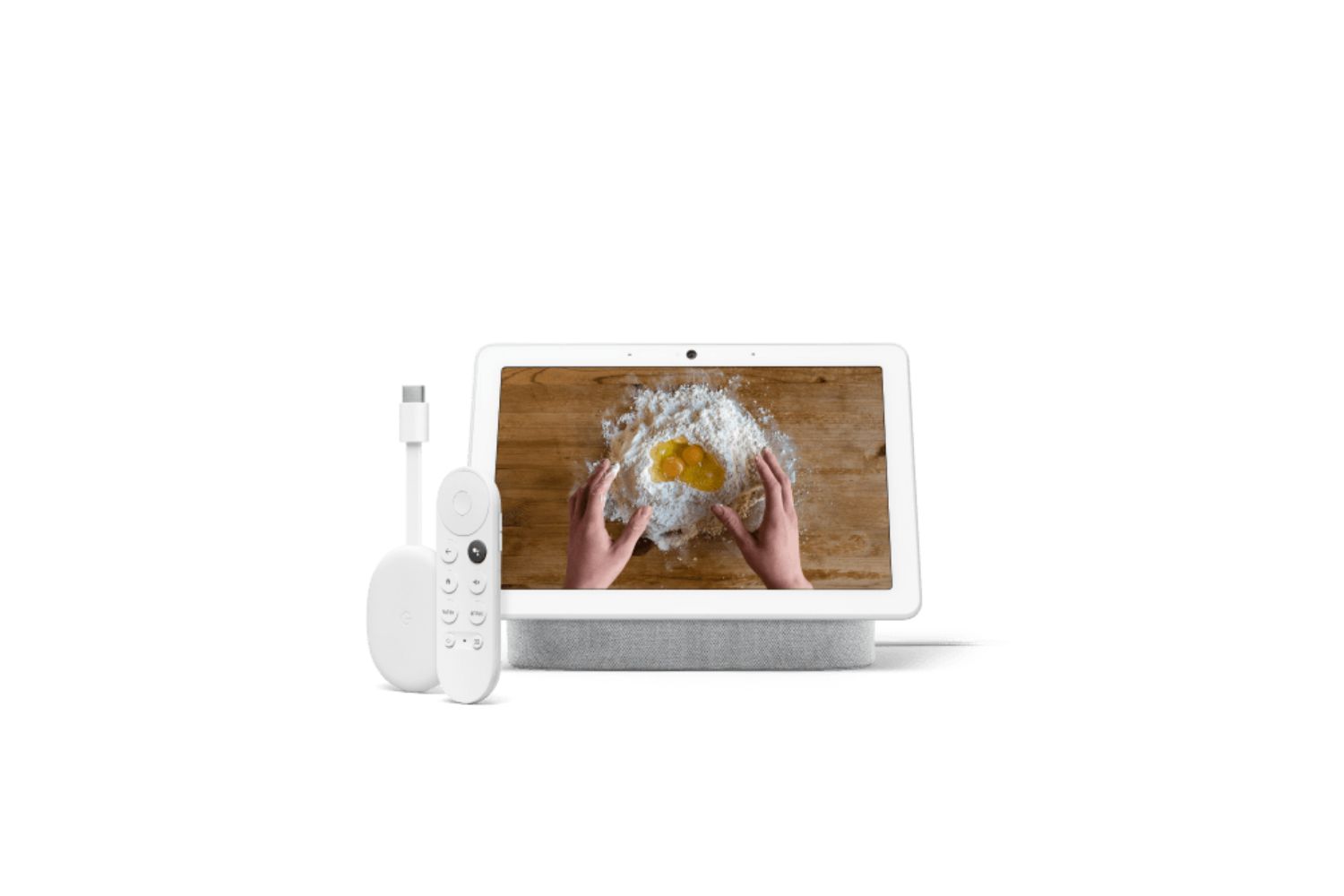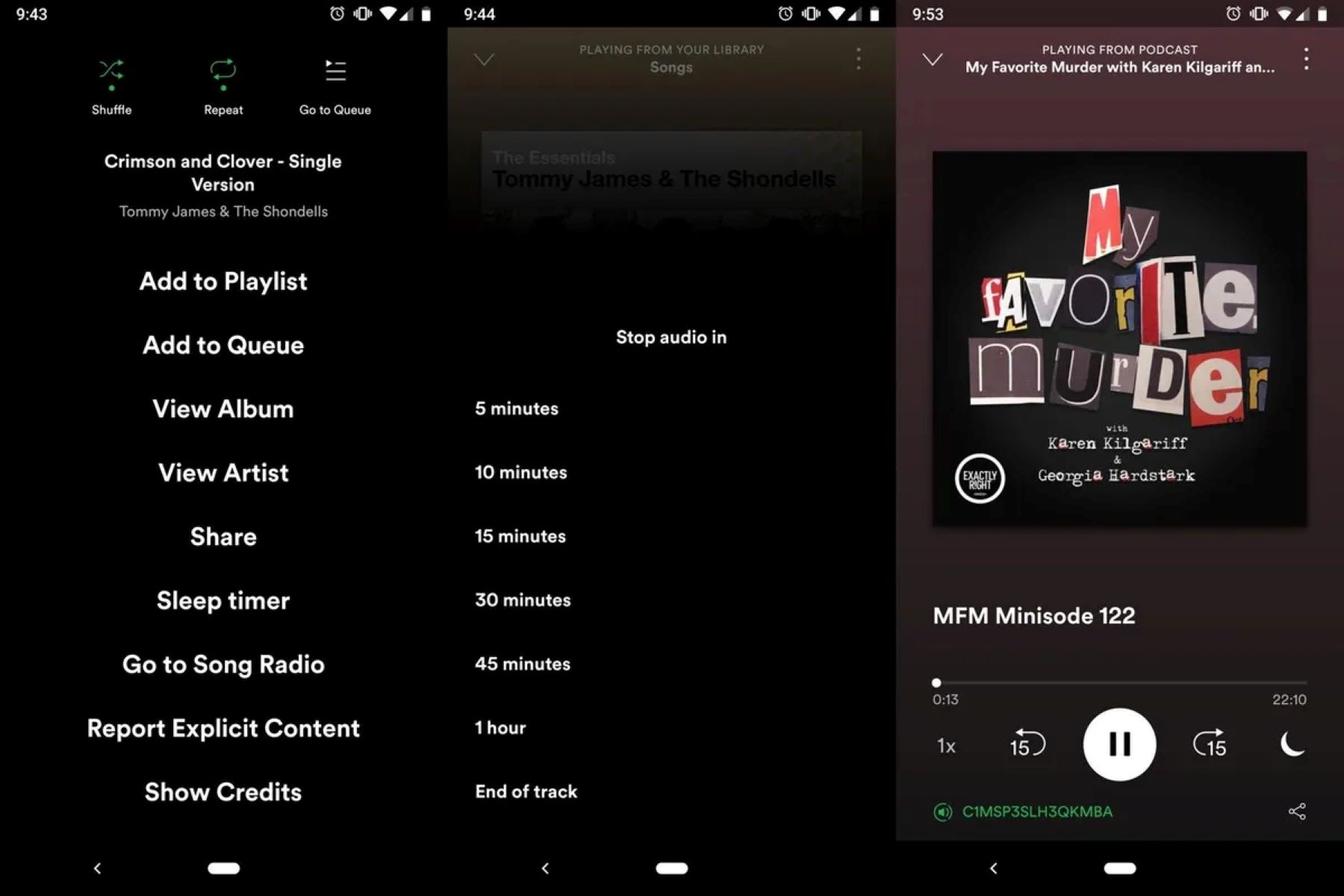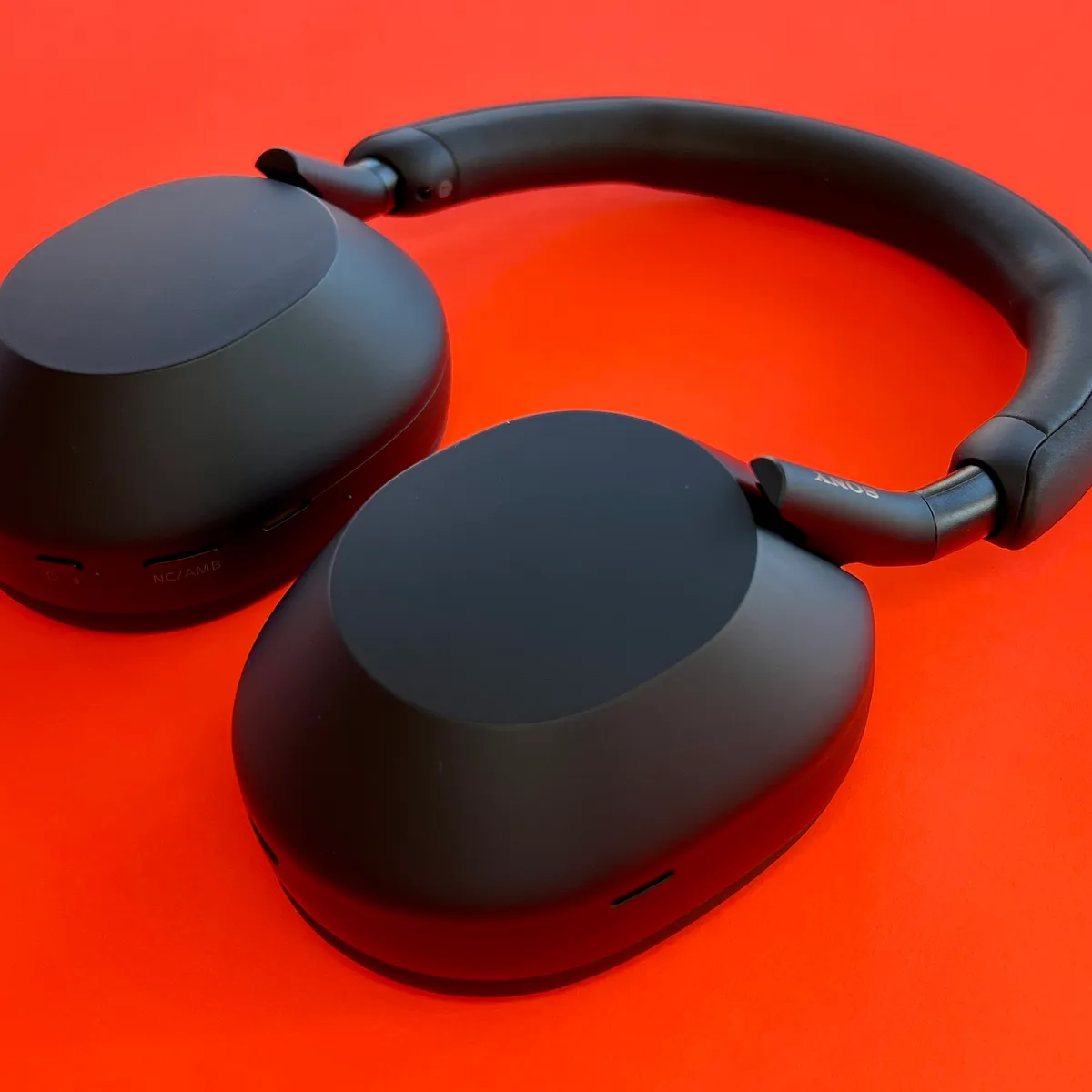Introduction
Have you ever experienced the frustration of your volume suddenly going down on your Android device? It can be incredibly annoying, especially when you’re trying to listen to your favorite music, watch a video, or have a conversation on a call. The good news is that there are several simple solutions you can try to stop volume issues on your Android device.
Whether it’s a software glitch, an app setting, or an issue with your device’s hardware, troubleshooting volume problems doesn’t have to be complicated. In this article, we’ll guide you through some effective steps to help you resolve volume issues and get your device back to its optimal sound levels.
Before we dive into the solutions, it’s important to note that these steps may vary slightly depending on the Android device version and manufacturer. However, the majority of Android devices share similar settings and options, so you should be able to adapt these steps to your specific device.
Now, let’s get started with the troubleshooting process to fix your Android device’s volume problem.
Restart Your Device
One of the simplest and most effective solutions to fix volume problems on your Android device is to restart it. Restarting your device can help refresh its system and clear any temporary glitches that may be affecting the volume settings.
To restart your Android device, follow these steps:
- Press and hold the power button on your device.
- A menu will appear on the screen.
- Select the “Restart” or “Reboot” option from the menu.
- Wait for your device to turn off and then turn back on.
After your device restarts, check if the volume problem has been resolved. In many cases, a simple restart can fix minor software issues that may have been causing the volume to go down.
If the volume problem persists even after restarting your device, don’t worry. There are still several other solutions we can try to troubleshoot and fix the issue.
Again, it’s important to mention that the steps to restart your device may vary slightly depending on your Android device model and manufacturer. If you’re unsure how to restart your specific device, you can refer to the user manual or do a quick search online for the specific steps.
Update Your Device
Updating your Android device to the latest software version can often resolve volume issues by fixing any known bugs or glitches related to the audio system. Manufacturers regularly release software updates that include improvements and bug fixes, so it’s essential to keep your device up to date.
To update your Android device, follow these steps:
- Go to the “Settings” menu on your device. You can usually find it in the app drawer or by swiping down from the top of the screen and tapping the gear icon.
- Scroll down and select “System” or “System Updates” depending on your device.
- Look for the “Software Update” or “Check for Updates” option and tap on it.
- If an update is available, your device will download and install it. Make sure you have a stable internet connection and enough battery life to complete the update.
After the update is installed, restart your device and check if the volume problem has been resolved. If not, continue to the next troubleshooting step.
If there are no available updates for your Android device, it means you’re already running the latest software version. In this case, move on to the next solution to troubleshoot the volume issue.
Keep in mind that the process of updating your device may vary slightly depending on your Android version and manufacturer. If you’re unsure about the steps to update your specific device, refer to the user manual or search online for detailed instructions.
Check for Volume Limit
It’s possible that your Android device has a volume limit setting enabled, which could be causing the volume to go down. This feature is designed to prevent the volume from being set too high, protecting your hearing. However, if the volume limit is set too low, it can limit the maximum volume output of your device.
To check and adjust the volume limit on your Android device, follow these steps:
- Open the “Settings” menu on your device. You can usually find it in the app drawer or by swiping down from the top of the screen and tapping the gear icon.
- Scroll down and select “Sounds & Vibration.”
- Look for the “Volume” or “Volume Limit” option and tap on it.
- If the volume limit feature is enabled, you will see a slider or numerical value indicating the maximum volume level. Adjust the slider or value to the desired maximum volume level.
After adjusting the volume limit, play some audio or video on your device to test if the volume problem has been resolved. If not, continue to the next troubleshooting step.
Note that the location of the volume limit setting may vary slightly depending on your Android device model and manufacturer. If you’re having trouble finding it, refer to your device’s user manual or search online for specific instructions.
Disable Do Not Disturb Mode
Do Not Disturb mode is a useful feature on Android devices that silences notifications and alerts during specific times or when activated manually. However, if Do Not Disturb mode is enabled, it can also affect the volume of your device. That’s why it’s important to check if Do Not Disturb mode is enabled and disable it if necessary.
To disable Do Not Disturb mode on your Android device, follow these steps:
- Swipe down from the top of the screen to access the notification panel.
- Swipe right or left to reveal the Quick Settings tiles.
- Look for the Do Not Disturb icon, which usually looks like a circle with a line through it or a moon symbol. Tap on it to disable Do Not Disturb mode.
Alternatively, you can also disable Do Not Disturb mode through the Settings menu:
- Open the “Settings” menu on your device.
- Scroll down and select “Sound” or “Sounds & Vibration.”
- Look for “Do Not Disturb” or “Notifications” and tap on it.
- Toggle off the Do Not Disturb mode.
Once Do Not Disturb mode is disabled, test the volume on your device to see if the issue has been resolved. If not, let’s move on to the next troubleshooting step.
Remember that the steps to disable Do Not Disturb mode may vary depending on your Android version and device manufacturer. If you’re unable to locate the option, refer to your device’s user manual or search online for detailed instructions specific to your device model.
Disable Any Equalizer or Sound Enhancement Settings
Many Android devices come with built-in equalizer or sound enhancement settings that allow you to customize the audio output according to your preferences. While these settings can enhance your audio experience, they can also sometimes interfere with the volume control and lead to unexpected volume changes.
To check if any equalizer or sound enhancement settings are affecting the volume on your Android device, follow these steps:
- Open the “Settings” menu on your device.
- Scroll down and select “Sound” or “Sounds & Vibration.”
- Look for an option like “Equalizer,” “Audio Effects,” or “Sound Enhancement.”
- Tap on it to access the equalizer or sound enhancement settings.
- Disable any active equalizer or sound enhancement presets or adjust them to the default settings.
After making the changes, play audio or video on your device to see if the volume issue still persists. If the volume is stable and no longer goes down unexpectedly, then the problem was likely due to conflicting equalizer or sound enhancement settings.
If you’re unable to locate the equalizer or sound enhancement settings in the Sound menu, refer to your device’s user manual or search online for specific instructions for your particular device model and Android version.
By disabling any equalizer or sound enhancement settings, you can eliminate any potential conflicts and restore the volume control on your Android device.
Clean Your Speaker or Headphone Jack
Over time, dust, debris, and lint can accumulate in your device’s speaker or headphone jack, leading to volume issues. If the volume on your Android device is going down, it’s worth checking if there is any buildup that may be affecting the audio output.
To clean the speaker or headphone jack of your Android device, follow these steps:
- Power off your device.
- Inspect the speaker and headphone jack for any visible debris or dirt.
- Use a soft-bristled brush, such as a toothbrush, to gently brush away any dust or lint.
- You can also use compressed air or a can of compressed air to blow out any particles from the speaker or jack.
- If the issue persists, take a clean, lint-free cloth and gently wipe the speaker and jack to remove any remaining residue or buildup.
Once you’ve cleaned the speaker and headphone jack, power on your device and test the volume to see if the problem has been resolved. If the volume is back to normal and doesn’t decrease unexpectedly, your issue was likely caused by dirt or debris interfering with the audio output.
If cleaning the speaker or headphone jack didn’t resolve the volume problem, don’t worry. There are still more troubleshooting steps we can try to fix the issue.
Note that cleaning the speaker and headphone jack should be done with caution to avoid causing any damage to your device. If you’re unsure or uncomfortable performing the cleaning process yourself, it’s recommended to seek professional assistance or take your device to an authorized service center for cleaning.
Check for App or Media Specific Volume Controls
In some instances, the volume issue on your Android device may be specific to certain apps or media files. Some apps and media players have their own volume controls that can override the system volume settings.
To check for app or media-specific volume controls, follow these steps:
- Open the app or media player where you’re experiencing the volume problem.
- Look for any volume controls within the app or media player interface.
- Adjust the volume settings within the app or media player to ensure they are not set too low.
- If applicable, check if there are any volume sliders or settings specific to different media types (e.g., music, video, notifications) and adjust them accordingly.
After making the necessary adjustments, play media within the app or media player and verify if the volume issue has been resolved. If the volume remains stable and doesn’t decrease unexpectedly, then the problem was likely due to app or media-specific volume controls.
If you’re unable to locate the volume controls within the app or media player, refer to the app’s documentation or search online for specific instructions on adjusting the volume settings for that particular app.
By checking and adjusting app or media-specific volume controls, you can ensure that the volume settings within the app or media player are not conflicting with the system volume, thereby resolving any volume issues specific to those applications or media files.
Reset App Preferences
If none of the previous solutions have resolved the volume issue on your Android device, you can try resetting the app preferences. Resetting app preferences will restore the default settings for all the apps on your device, including any changes you may have made to the volume settings within those apps.
To reset the app preferences on your Android device, follow these steps:
- Open the “Settings” menu on your device.
- Scroll down and select “Apps” or “Applications.”
- Tap on “All Apps” or “App Manager.”
- Look for the menu icon (usually three vertical dots or lines) and tap on it.
- Select “Reset App Preferences” from the menu.
- A confirmation message will appear, informing you that this action will reset app preferences. Tap on “Reset” or “Reset Apps.”
After resetting the app preferences, check if the volume issue has been resolved. Test the volume on different apps and media files to ensure stability.
Keep in mind that resetting app preferences will not delete any app data or personal information. However, it will remove any changes you’ve made to app settings, including volume settings.
If the volume problem persists after resetting the app preferences, there is one more troubleshooting step we can try.
Note that the steps to reset app preferences may vary slightly depending on your Android device model and manufacturer. If you’re having trouble finding the option, refer to your device’s user manual or search online for specific instructions tailored to your device.
Factory Reset Your Device
If you’ve tried all the previous troubleshooting steps and the volume issue still persists, performing a factory reset on your Android device can be a last resort. A factory reset will erase all data and settings on your device, returning it to its original factory state.
Before proceeding with a factory reset, it’s crucial to create a backup of your important data, such as contacts, photos, videos, and documents. You can back up your data using cloud services like Google Drive or by connecting your device to a computer and transferring the files.
To perform a factory reset on your Android device, follow these steps:
- Open the “Settings” menu on your device.
- Scroll down and select “System” or “System & Updates.”
- Tap on “Reset” or “Reset Options.”
- Choose “Factory Reset” or “Erase all data.”
- Read the warning message and confirm your decision by tapping on “Reset Phone” or a similar option.
- Authenticate the reset process, if required, using your device PIN, pattern, or password.
- Wait for your device to erase all data and reset to its factory settings. This process may take a few minutes.
After the factory reset is complete, your device will restart and prompt you to set it up as a new device. Follow the on-screen instructions to complete the initial setup.
Test the volume on your device to check if the issue has been resolved. If the volume is now functioning correctly, it indicates that the problem was likely due to a software issue that the factory reset has resolved.
Remember, performing a factory reset will erase all data on your device, including apps, accounts, and settings. Make sure to reinstall your apps and restore your data from the backup you created earlier.
If even after a factory reset, the volume problem persists, it’s recommended to contact the manufacturer’s support or seek assistance from a professional technician to diagnose and fix the hardware issue, if any.
Conclusion
Experiencing volume issues on your Android device can be frustrating, but thankfully, there are several troubleshooting steps you can take to resolve the problem. We’ve explored various solutions in this article, ranging from simple restarts to more advanced steps like a factory reset.
Restarting your device is always a good first step, as it refreshes the system and can often resolve minor software glitches that affect the volume. Updating your device to the latest software version is also important, as it may include bug fixes that address volume-related issues.
Checking for volume limits, disabling Do Not Disturb mode, and adjusting equalizer or sound enhancement settings can help ensure that there are no conflicting settings affecting the volume on your device. Additionally, cleaning the speaker and headphone jack can remove any debris that might be causing volume problems.
If the volume problem is specific to certain apps or media files, checking for app or media-specific volume controls can help resolve the issue. Resetting app preferences is an option for fixing any conflicts that may have arisen due to customized app settings.
In some cases, a factory reset may be necessary to completely reset your device to its original state, resolving any persistent volume problems. However, remember to back up your data before proceeding with a factory reset as it will erase all data and settings on your device.
If none of the steps mentioned in this article have resolved the volume issue on your Android device, it may indicate a hardware problem. In such instances, it is advisable to seek assistance from the manufacturer’s support or a professional technician.
Remember, every Android device may have slight variations in settings and menus, so it’s important to adapt the steps to your specific device. By following the appropriate troubleshooting steps, you can get your Android device back to its optimal sound levels and enjoy your favorite music, videos, and calls without volume interruptions.







